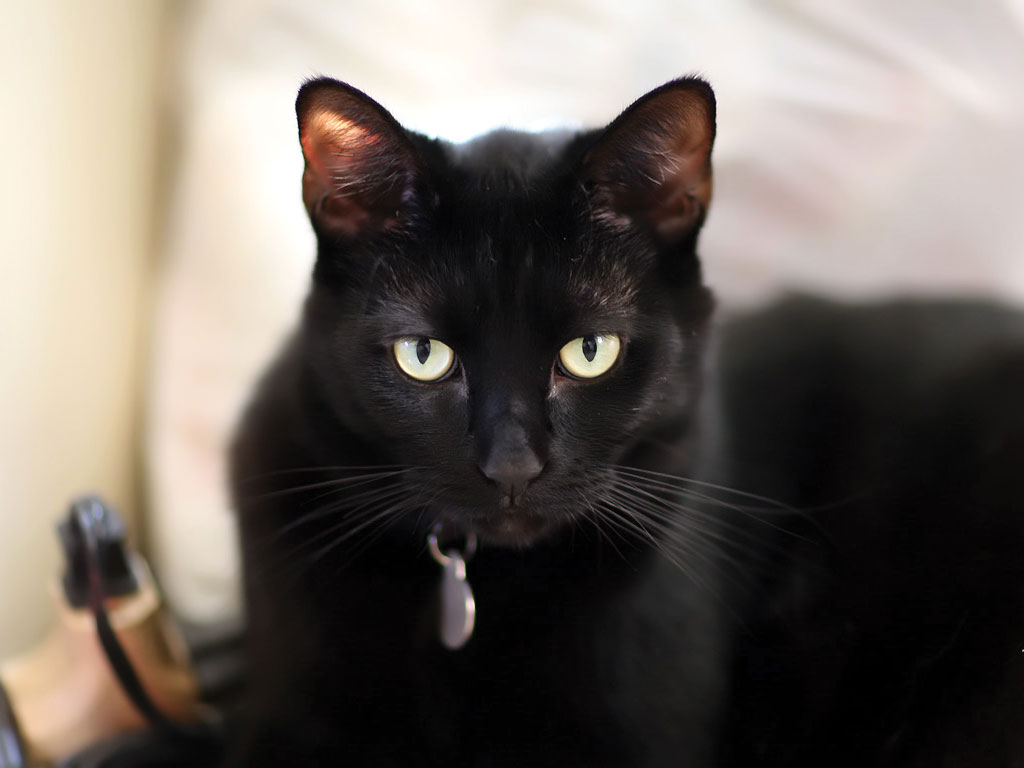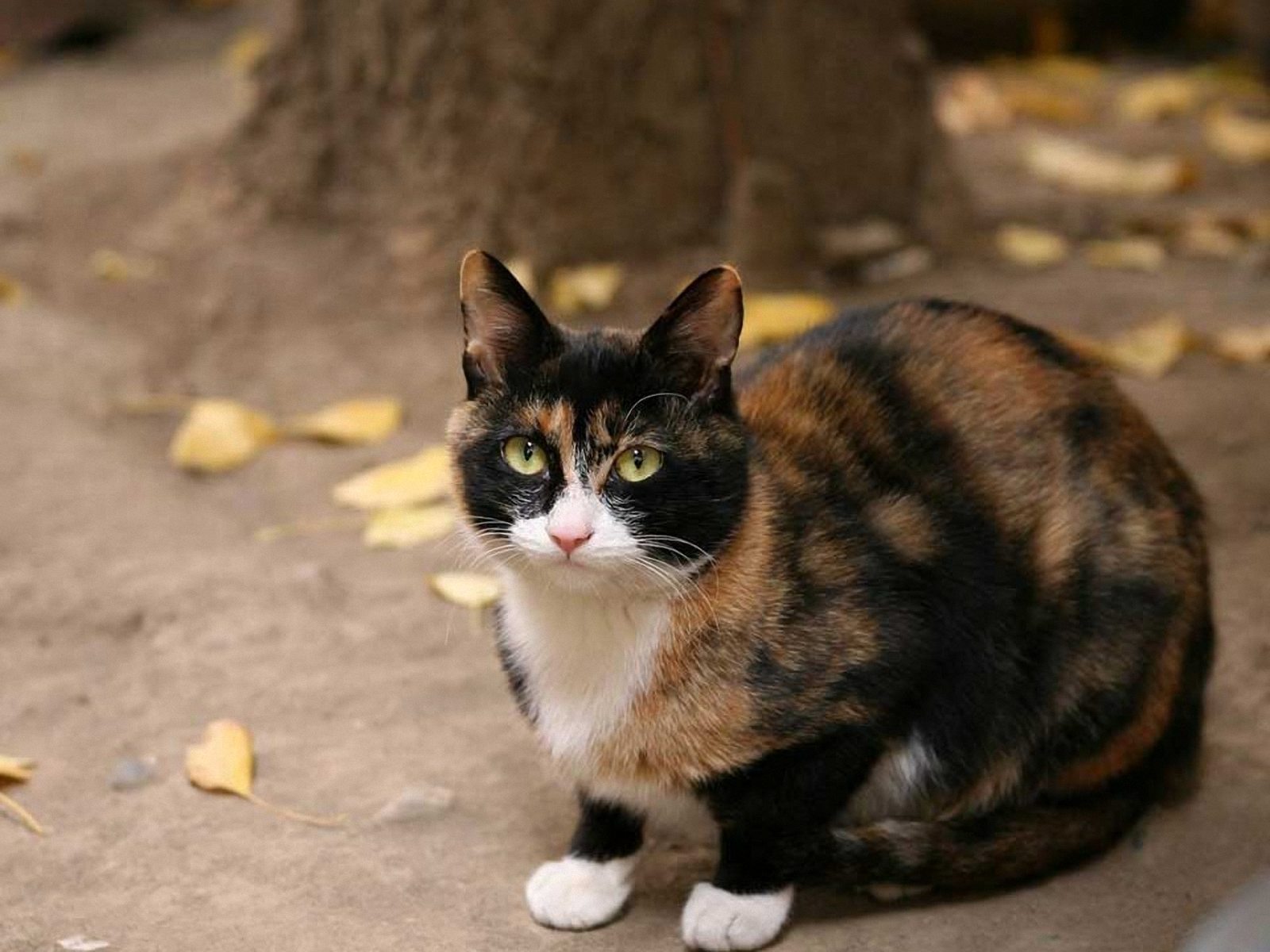


As a result, only about 20% of ginger cats are female. Male kittens that inherit the recessive “o” gene from their mother will be born calico or tortoiseshell and females that inherit “Oo” can be either ginger or calico.īecause females inherit two X chromosomes, there is a higher number of possible genetic combinations. Male kittens need only inherit the dominant “O” ginger gene from their mother to be fully orange while female kittens need to inherit it from both mother and father.
#Black and white american shorthair full#
Whether a kitten displays full or partial ginger coloration depends on how many copies of the “O” gene the kitten inherits. The ginger gene “O” is dominant which means a kitten needs only inherit one copy of the ginger gene to display ginger coloration to some degree. Kittens inherit two copies of each gene from their parents which can be either dominant or recessive. Interestingly, the wide variety of colors you see in cats comes from just two primary colors: black and red (or orange). When it comes to coat color, cats inherit a combination of genes from their parents. The gene for ginger coloration is carried on the X chromosome. The Intriguing Genetics Of Ginger Catsįemale cats have two X chromosomes while male cats have one X and one Y chromosome. The Somali and Abyssinian cat breeds are prime examples of the ticked tabby coloration.įinally, the patched tabby is also known as the bi-color tabby because these ginger cats exhibit areas of tabby pattern as well as areas of solid color or another pattern. Instead, their coats are made up of agouti hairs which exhibit bands of pigmentation.

They don’t typically show visible stripes or spots on their bodies, except sometimes faintly on the tail and legs. Ticked orange tabbies are unique in a different way. You can easily see this pattern in the American Bobtail and Ocicat breeds. While most tabby colorations involve stripes, the spotted tabby is covered in spots of varying size and shape. These stripes branch out from a ban of color that runs along the cats spine, giving it the appearance of a fish skeleton – this is where the name “mackerel” tabby comes from.
#Black and white american shorthair series#
The mackerel tabby is also known as the tiger cat due to the series of narrow stripes that run down its sides. The American Shorthair often exhibits this pattern. These cats have a bulls-eye-like pattern on the sides of their bodies, similar in appearance to a marble cake. There are five different versions of the tabby pattern you might see in ginger cats:Ĭovered in a swirling pattern of varying shades of orange, the classic tabby is one of the most recognizable ginger cats. As such, tabby patterning can be seen in a wide variety of domestic cat breeds including the American Shorthair, Persian, Abyssinian, Maine Coon, and American Bobtail, among others. The tabby pattern is common among big cats, especially among the closest genetic ancestors of the domestic house cat – African, European, and Asiatic wildcats.

Tigers are a prime example of the tabby pattern at work, though there are a number of different variations. The biggest example of a wild ginger cat is the regal tiger himself. The rest of their patterning is determined by genetics. For example, all tabbies have a distinctive M-shaped marking on their foreheads. In fact, all domestic cats carry the tabby gene, though they may not always exhibit an obvious tabby pattern.Įvery ginger cat is unique, but because they all carry the tabby gene, they have certain characteristics in common. This pattern is common in both wild and domestic felines. The term “tabby” refers to a specific coat pattern that involves a combination of stripes, swirls, and spots of color. That being said, all ginger cats do share one key characteristic, aside from their orange coloration, of course: they are tabbies. What Makes Ginger Cats So Special?īecause ginger cats are not a distinct breed, it’s difficult to make generalizations about their personalities and temperaments. Think Orangey, the cat from Breakfast at Tiffany’s, Puss in Boots from Shrek, or the quintessential tiger cat, Garfield. Not only are ginger cats popular among pet lovers, but some of the most famous cats in the world are gingers. In fact, ginger cats have their own holiday – Ginger Cat Appreciation Day falls on the first of September each year. With their tiger-like appearance and their friendly personalities, ginger cats are some of the most popular cats around. Though technically not a breed, ginger cats are known for their distinct coloration which comes in varying shades of orange, red, and gold.


 0 kommentar(er)
0 kommentar(er)
